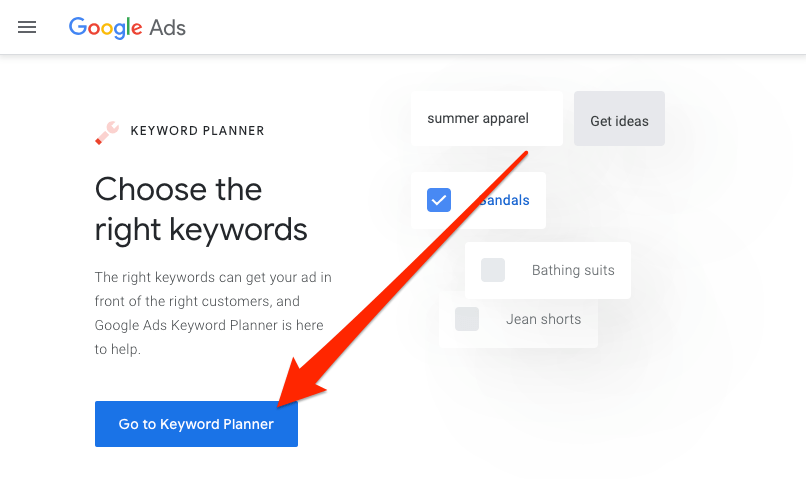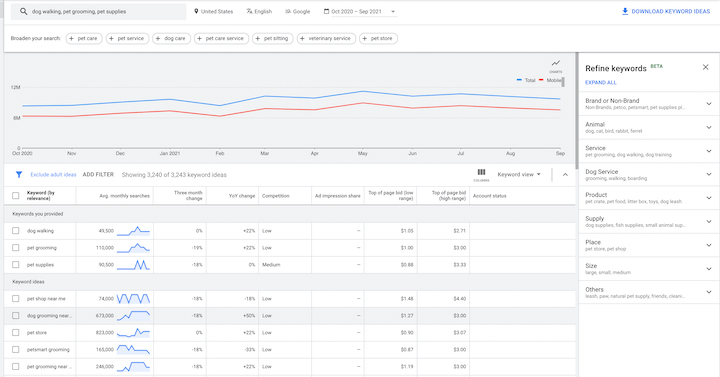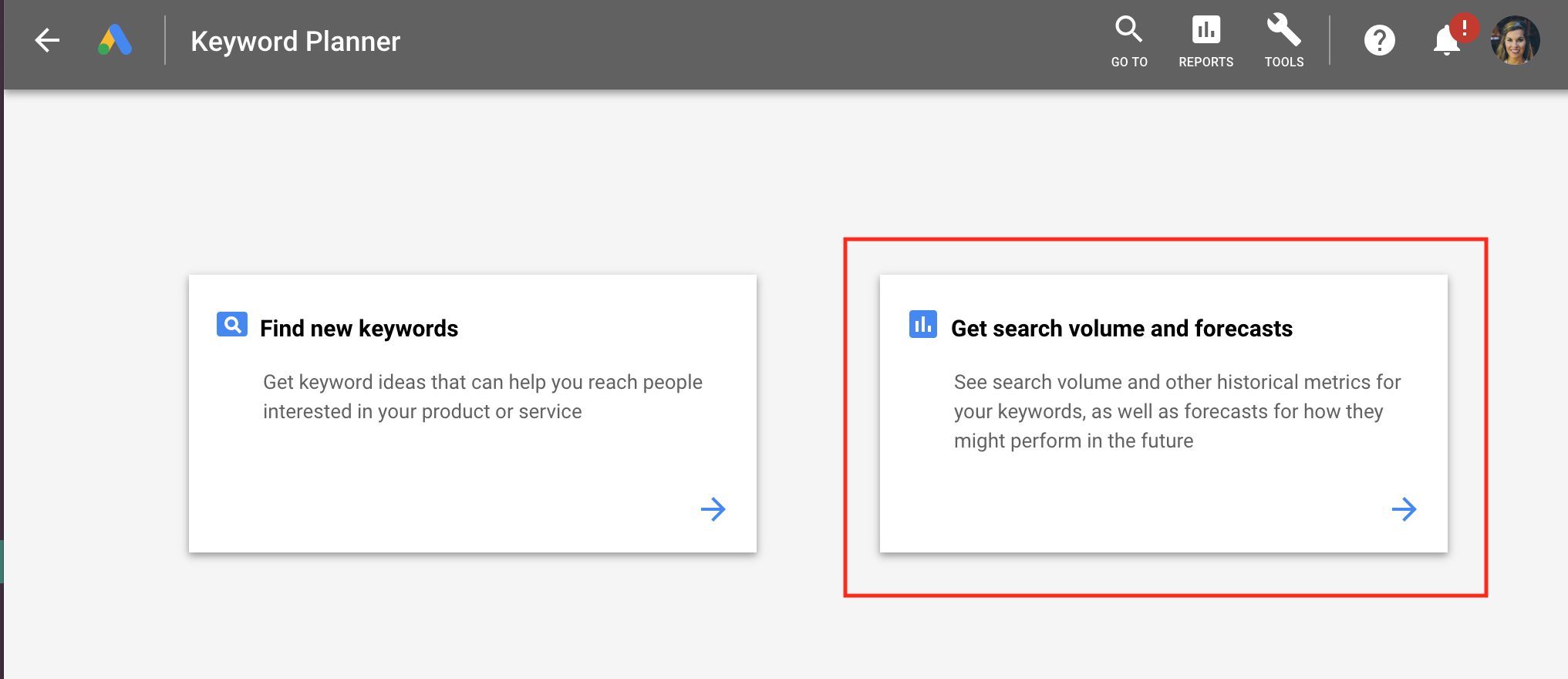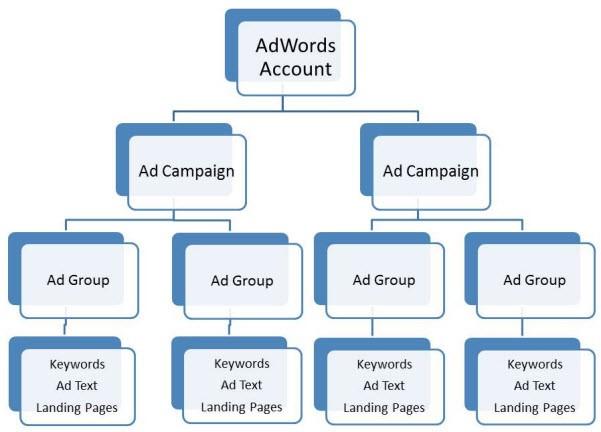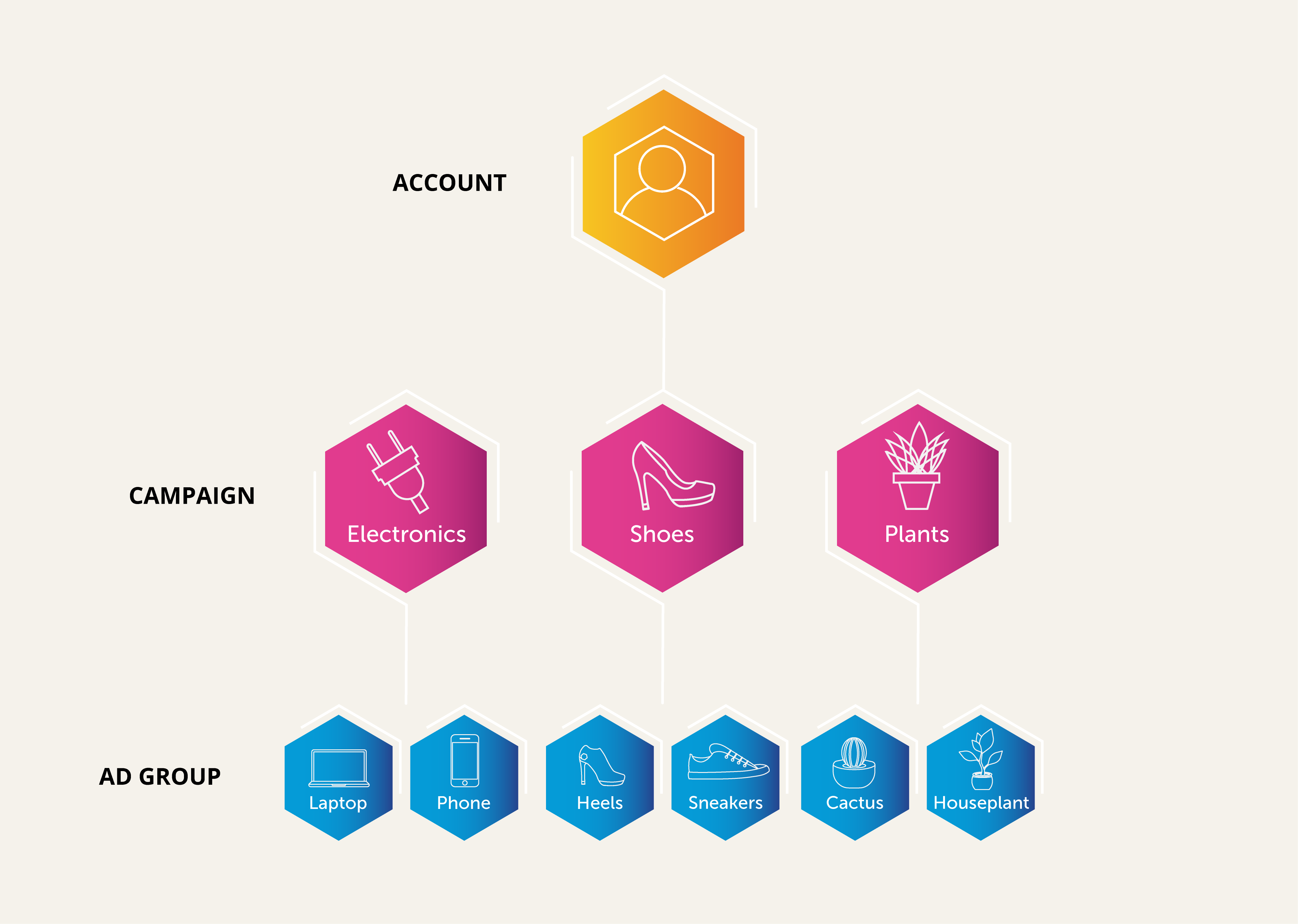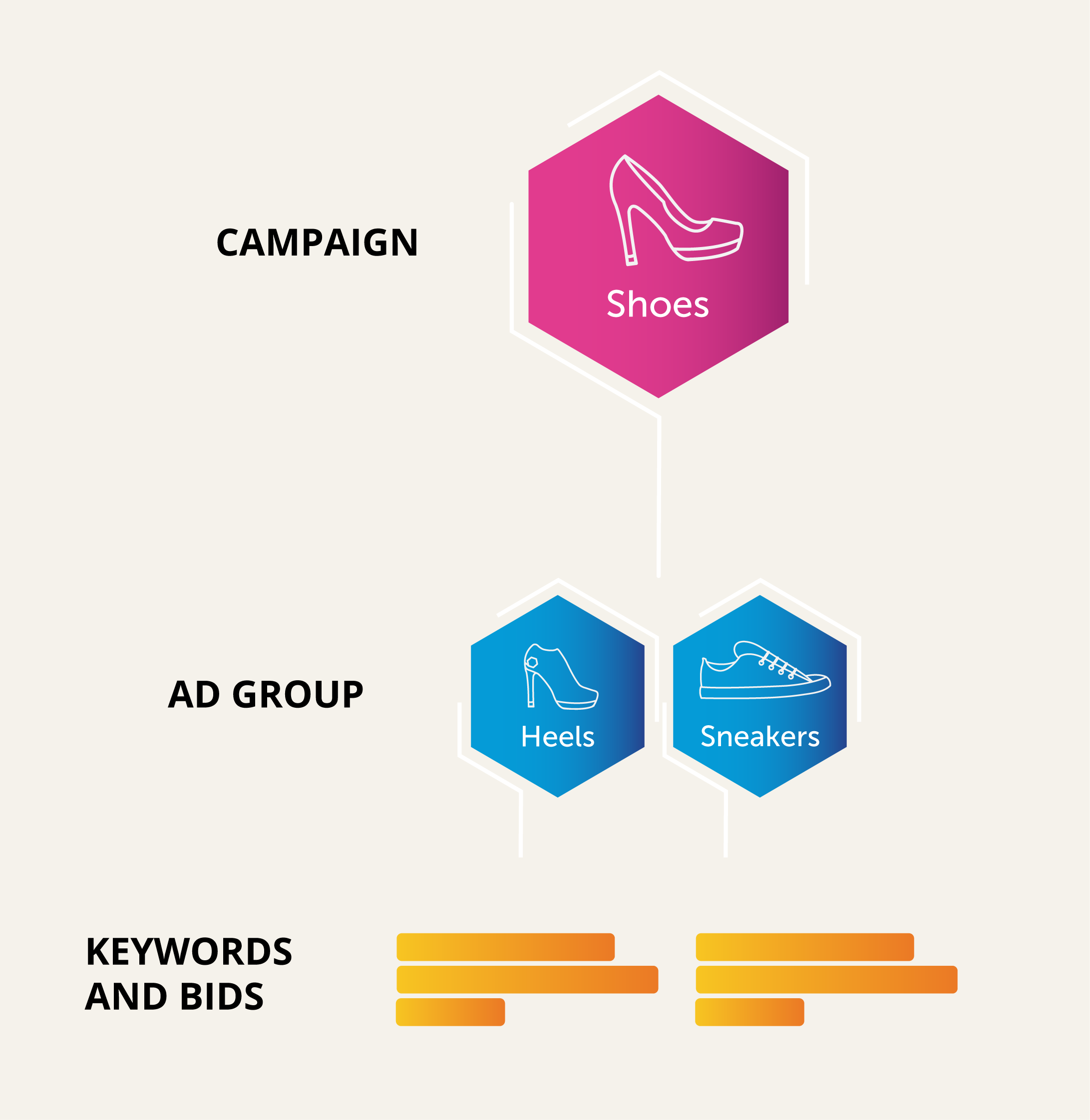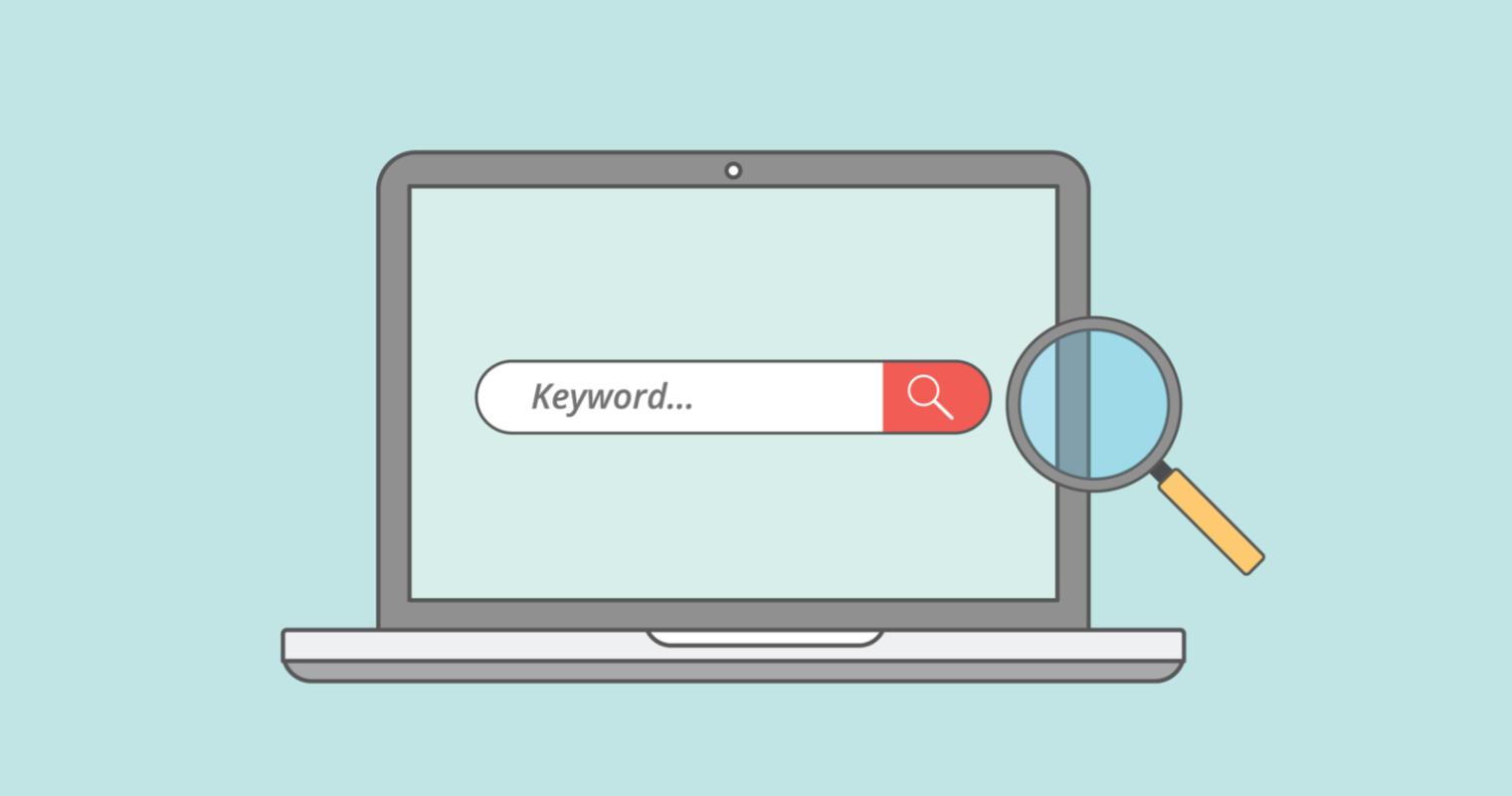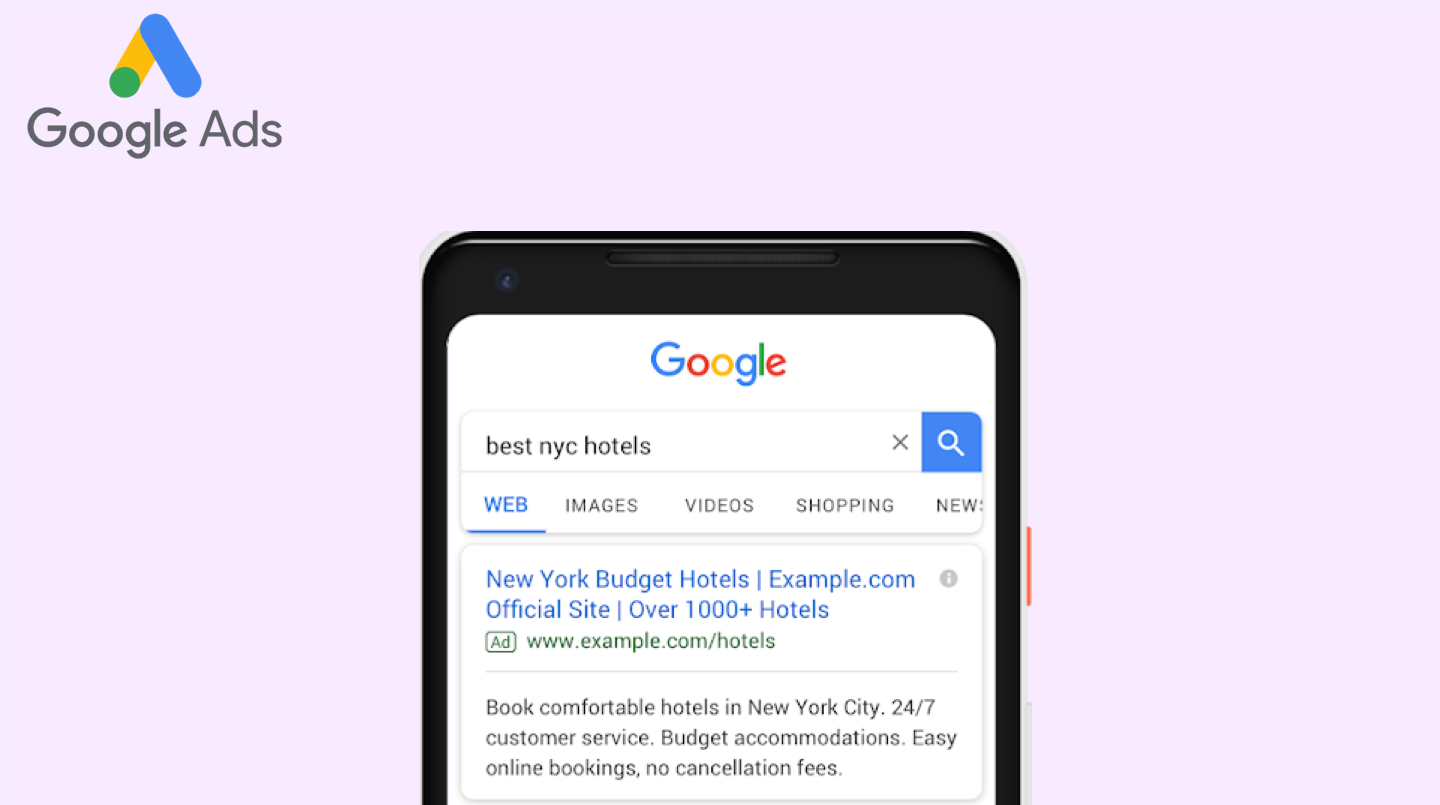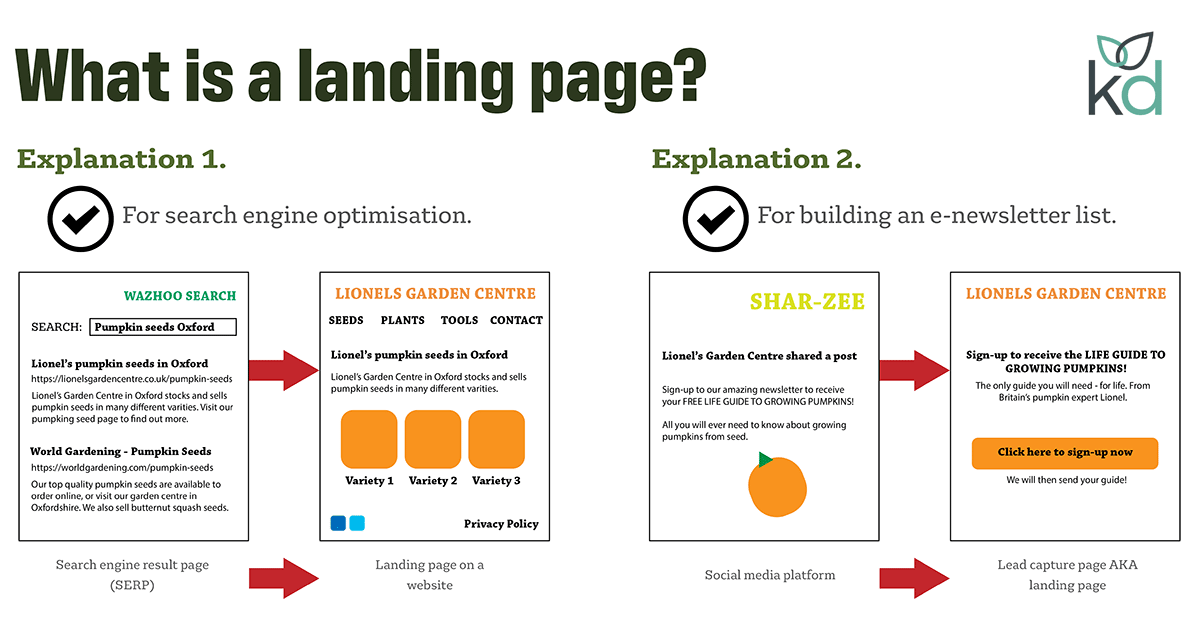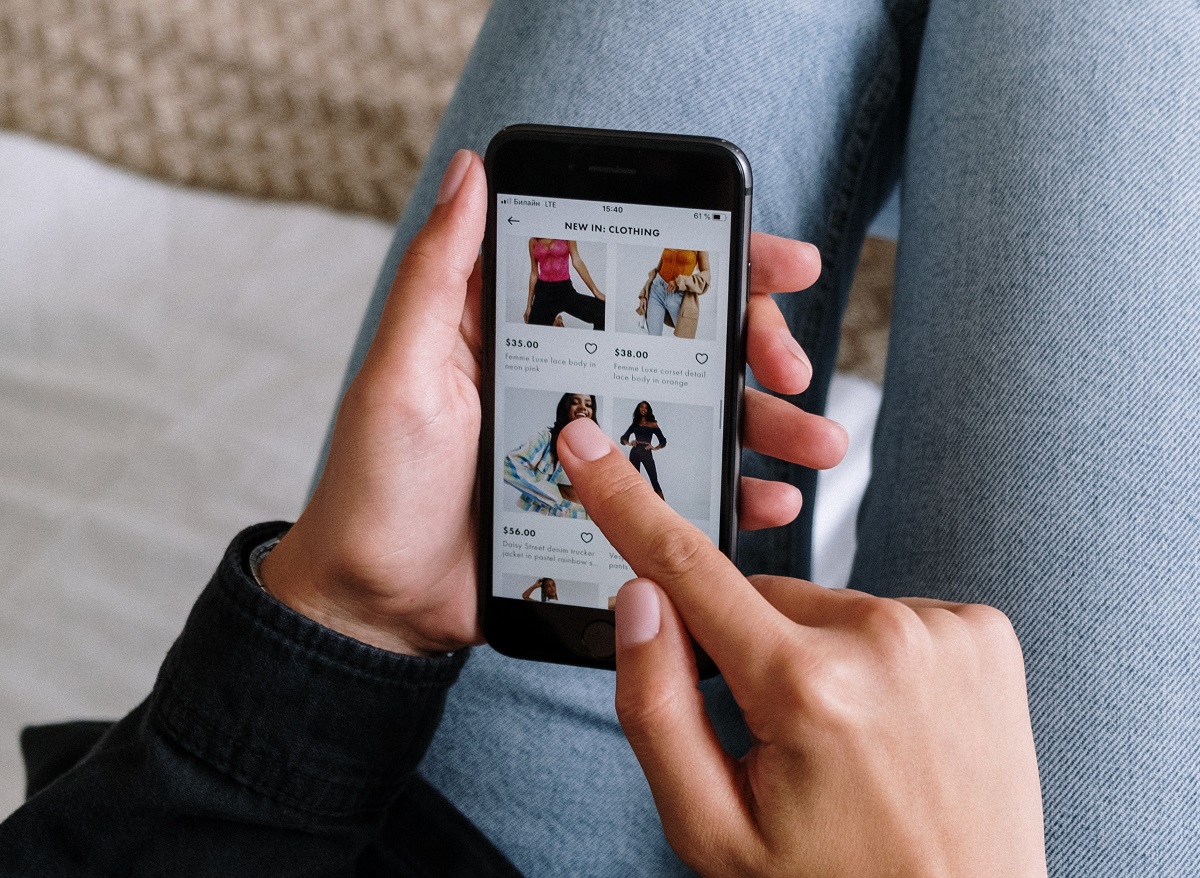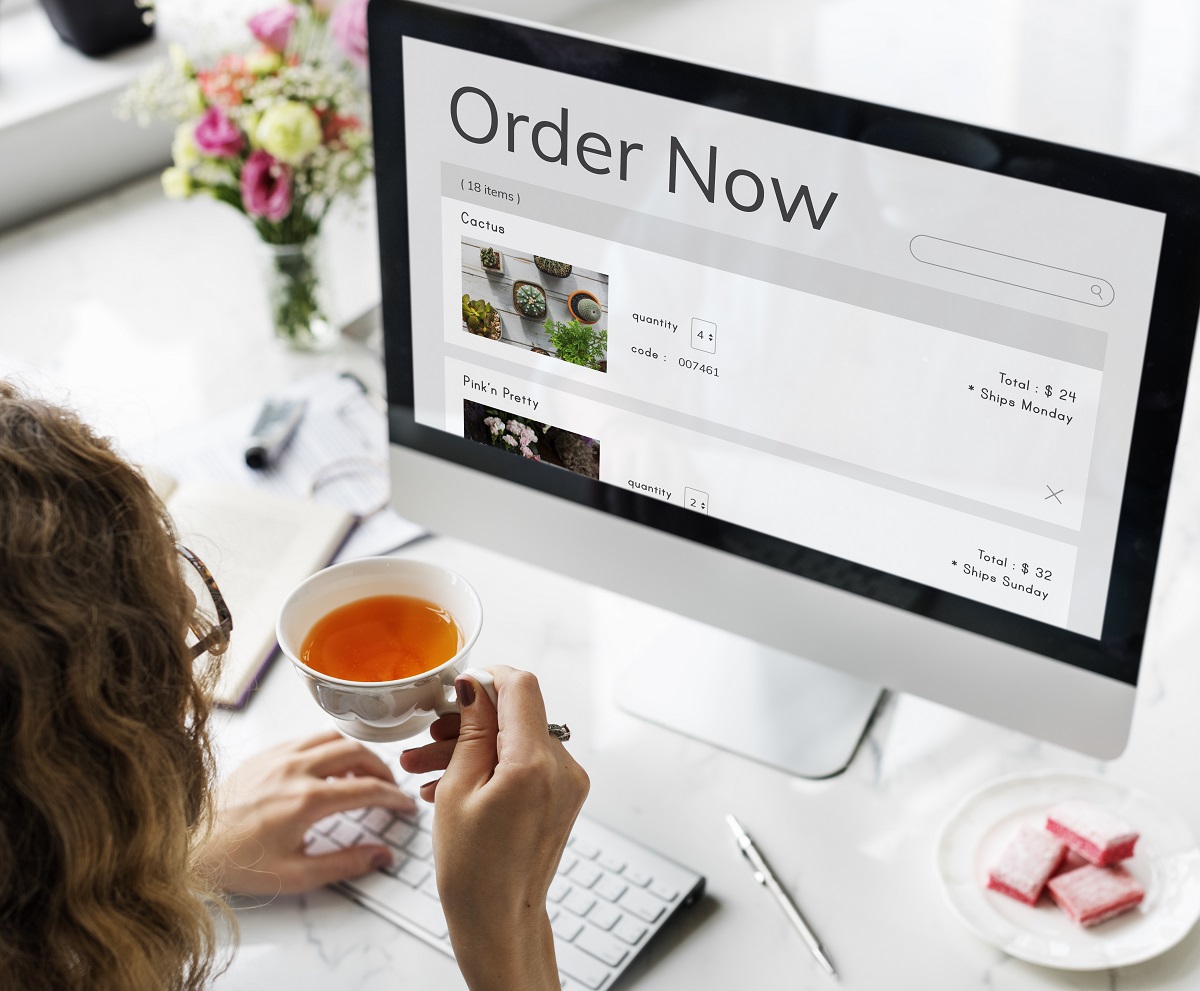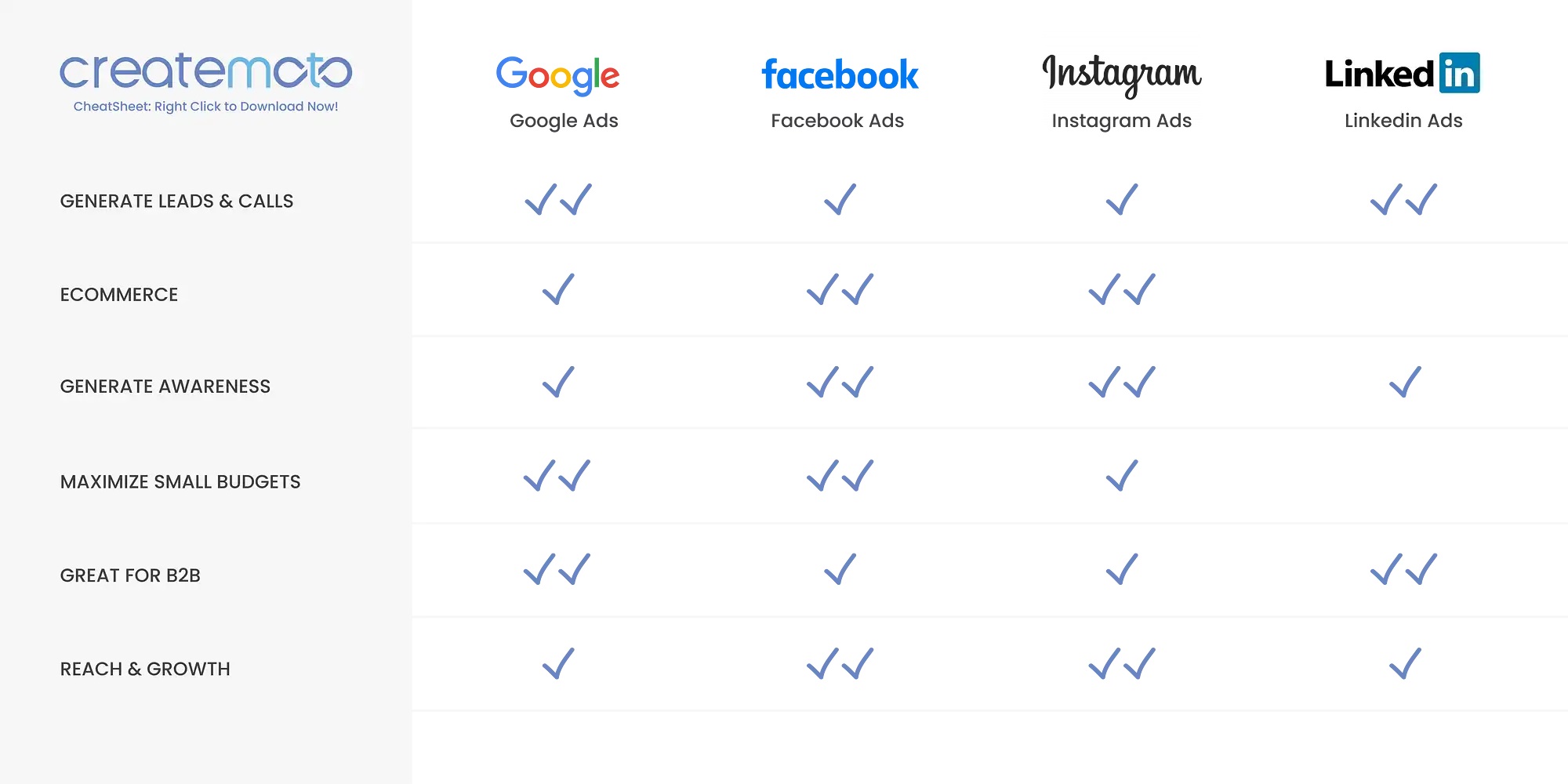
9 Benefits of Facebook Advertising For Your Business
With the constantly growing number of restrictions being placed on organic content, Facebook advertising can help your business get more visibility, boost site traffic, and increase conversion rates. It can get your message to the right people seamlessly and with a reach that you wouldn’t accomplish with organic efforts alone.
Advertising on Facebook offers comprehensive ways to target your audience at different stages of the sales funnel. It’s cost-effective yet does wonders in increasing your profitability and visibility online. Continue reading as we break down the benefits of Facebook advertising and why every business should add it to their digital marketing strategy.
Why Should You Use Facebook Advertising?
1. Access to a wide audience
With over 2.9 billion active users worldwide, Facebook gives you access to one of the largest social media audiences today. But, that’s not all, the network also offers an advertising platform that allows you to reach more people beyond your organic social media marketing efforts alone.
2. Cross-promotion capabilities
When Facebook acquired Instagram in 2012, it has opened up opportunities to give digital marketers easy access to both platforms. Instagram has enabled you to cross-share posts and Stories to Facebook. You can also create Ad campaigns from the Facebook Ad manager and run them on both sites.
3. Target an exact audience
Facebook offers targeting capabilities with some features you would hardly find elsewhere. You can target based on specific interests, behaviors, demographics—age, gender, income, location, etc. You can even target fans of your competitors. This allows you to tailor your message that resonates with your specific audience, thus increasing your chances of converting them into leads and eventually into sales.
4. Wide range of highly customizable ads
We already mentioned Facebook’s ability to focus your ads towards your segmented audiences, but it gets better: Facebook advertising also offers various types of media content—photos, videos, Stories, Messenger, Carousel, Slideshow, etc. It means you are not limited to some plain text ads and you can be as creative as you can in reaching your audience.
5. Highest ROAS for any social media platform
A 2021 report by HubSpot revealed that Facebook provides marketers with the highest ROI on social media. Over 40% of the surveyed cited the network for giving them the highest return on ad spend, topping any other social media sites—Instagram (30%), and other channels like LinkedIn, YouTube, Twitter, and Snapchat that all ranked with less than 10%.
6. Cost-effective
Facebook Ads, including its Ads Manager tool, is freely accessible to all marketers. The only cost you will have to pay for is the cost of running your ads. On average, a Facebook ad costs $0.97 per click (CPC) and $7.19 per 1000 impressions (CPM). It’s way more affordable than traditional advertising, yet it offers some of the best ROI.
7. Set specific goals
With Facebook advertising, you can also set up your campaign objectives—traffic, engagement, video views, lead generation, sign-ups, app downloads, messages, etc. This allows you to optimize your ad for a specific action, whether that be link clicks, page likes, or comments. As for Facebook, it will place your ads in front of people who are likely to take your specified action.
8. Access to valuable insights
Facebook also gives advertisers access to performance insights and valuable data. Each ad you create is measured, allowing you to see things like audience age, gender, locations, devices, and more. It also offers split-testing options that allow you to fine-tune your campaigns by testing and displaying ad variants with specific budgets and with custom audiences. This level of insight and detailed demographic targeting are some of the advantages of Facebook ads, among other advertising networks.
9. Better overall marketing results
Facebook ads get better engagement, more impressions, and more conversions. While organic posts are only shown to users already following your page, paid ads are targeted to people who have not liked your page but have interests and/or demographics that are relevant to your business.
Advertise on Facebook Today
Integrating your paid-marketing efforts into your existing social media campaigns means better success and the opportunity to expand your reach and improve your bottom line.
Discover more benefits of Facebook advertising for your business. Get in touch with us at Createmoto and learn how we can help you leverage Facebook ads to achieve your business goals.



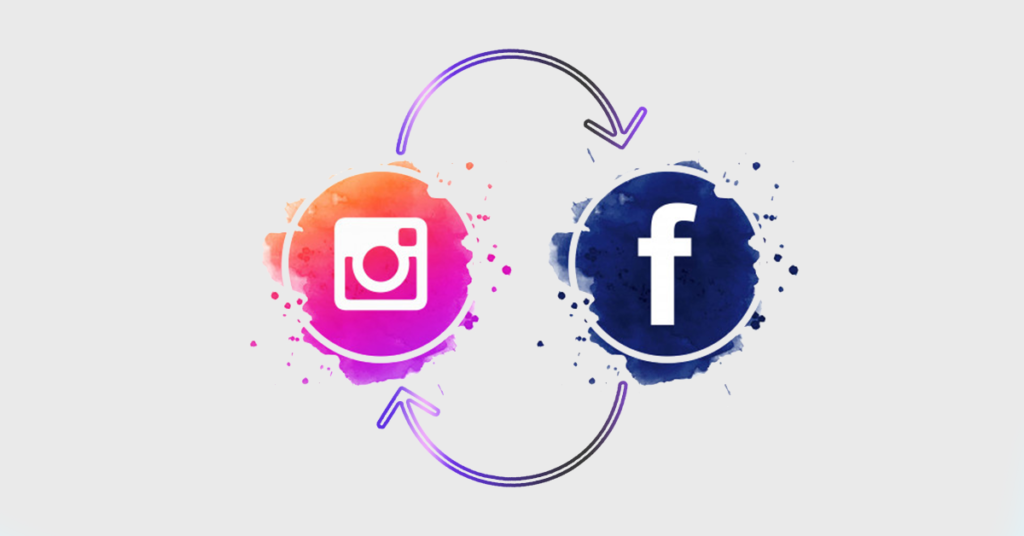







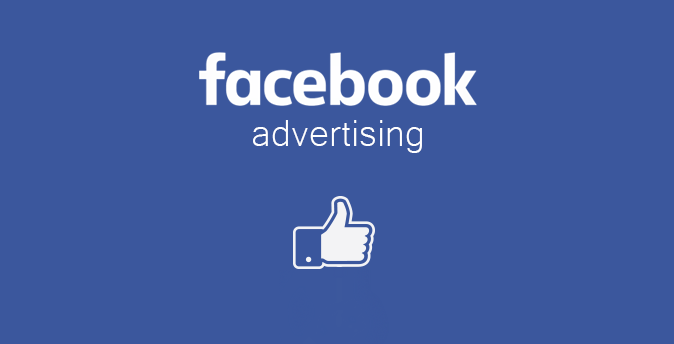

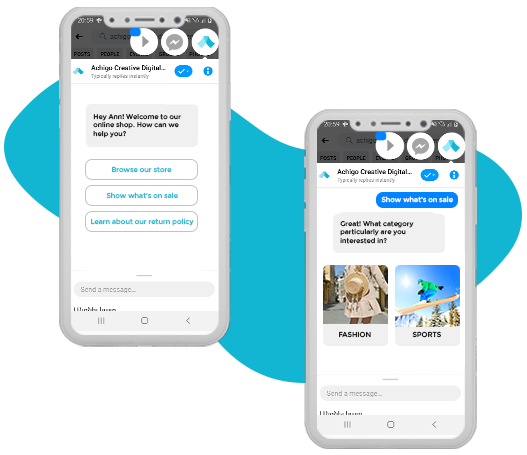
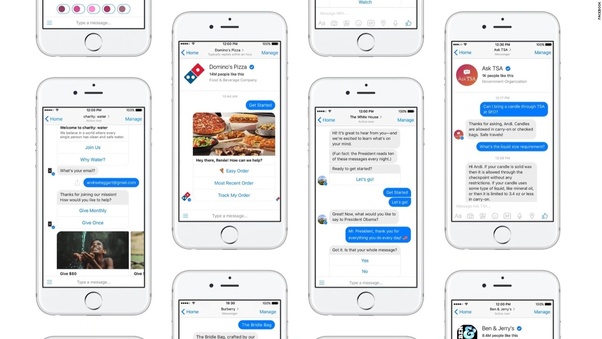

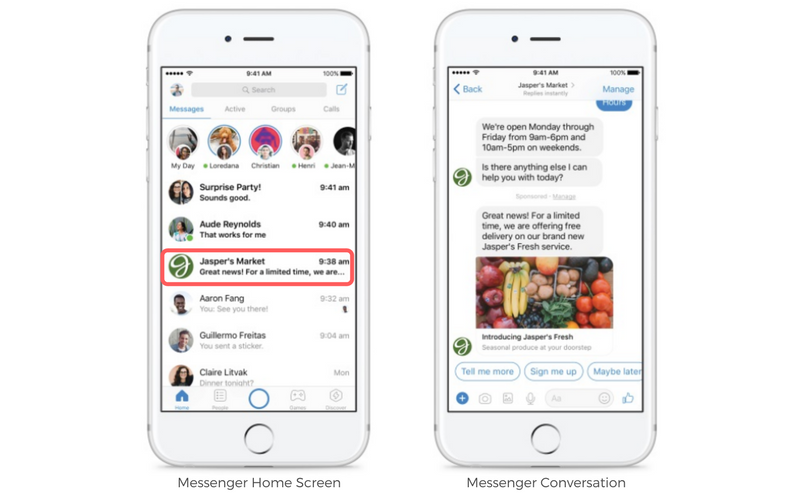
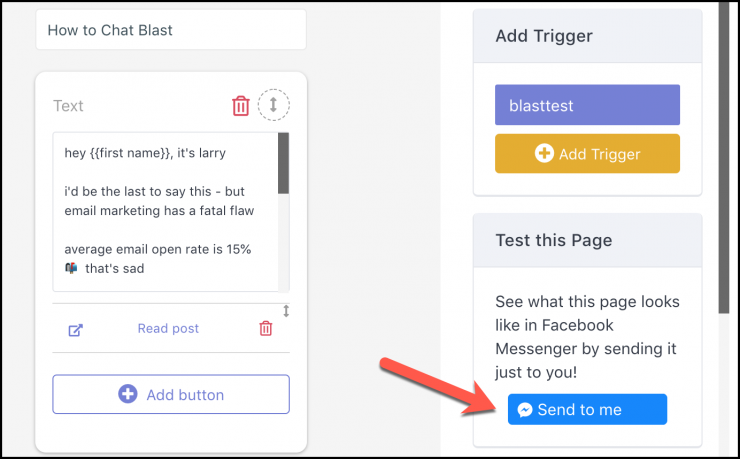
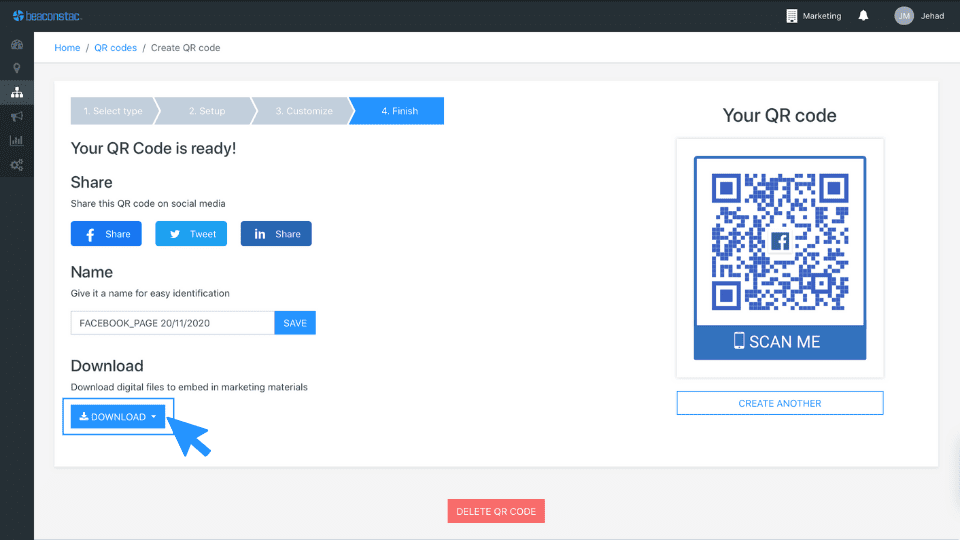
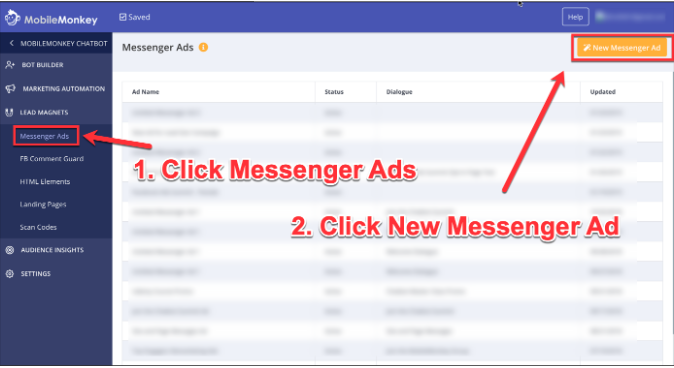








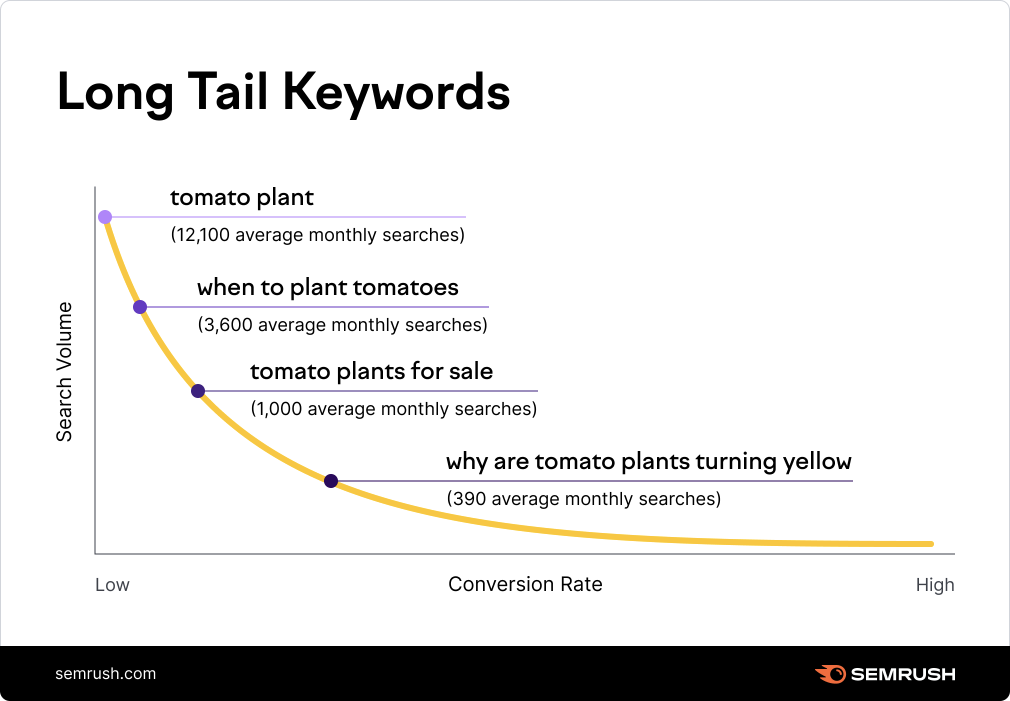
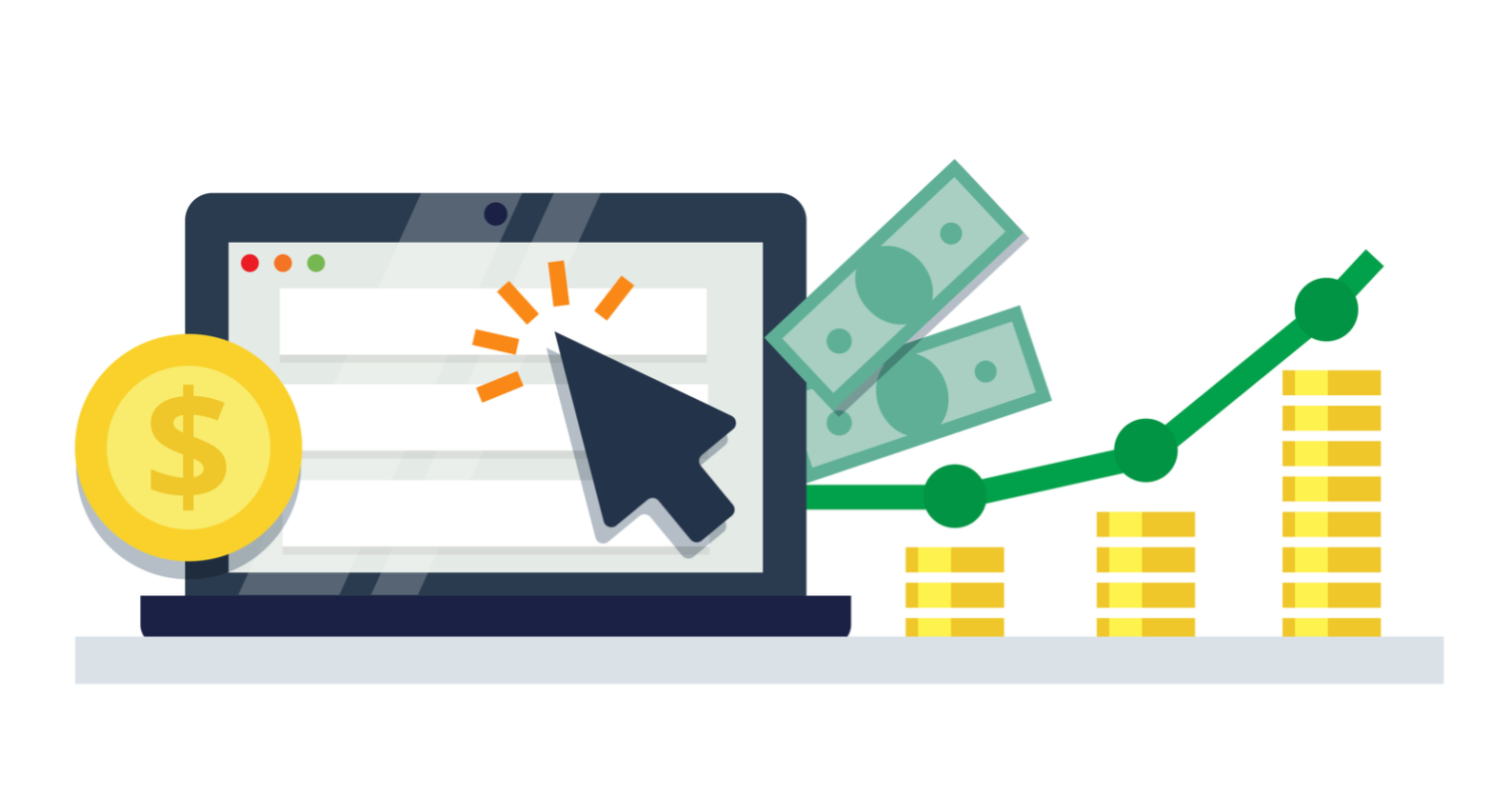

 The success of your PPC campaign is not a matter of how good you manage it but how engaging, informative, and compelling your ad copy is. Optimize your ad copy by doing the following tips:
The success of your PPC campaign is not a matter of how good you manage it but how engaging, informative, and compelling your ad copy is. Optimize your ad copy by doing the following tips:

